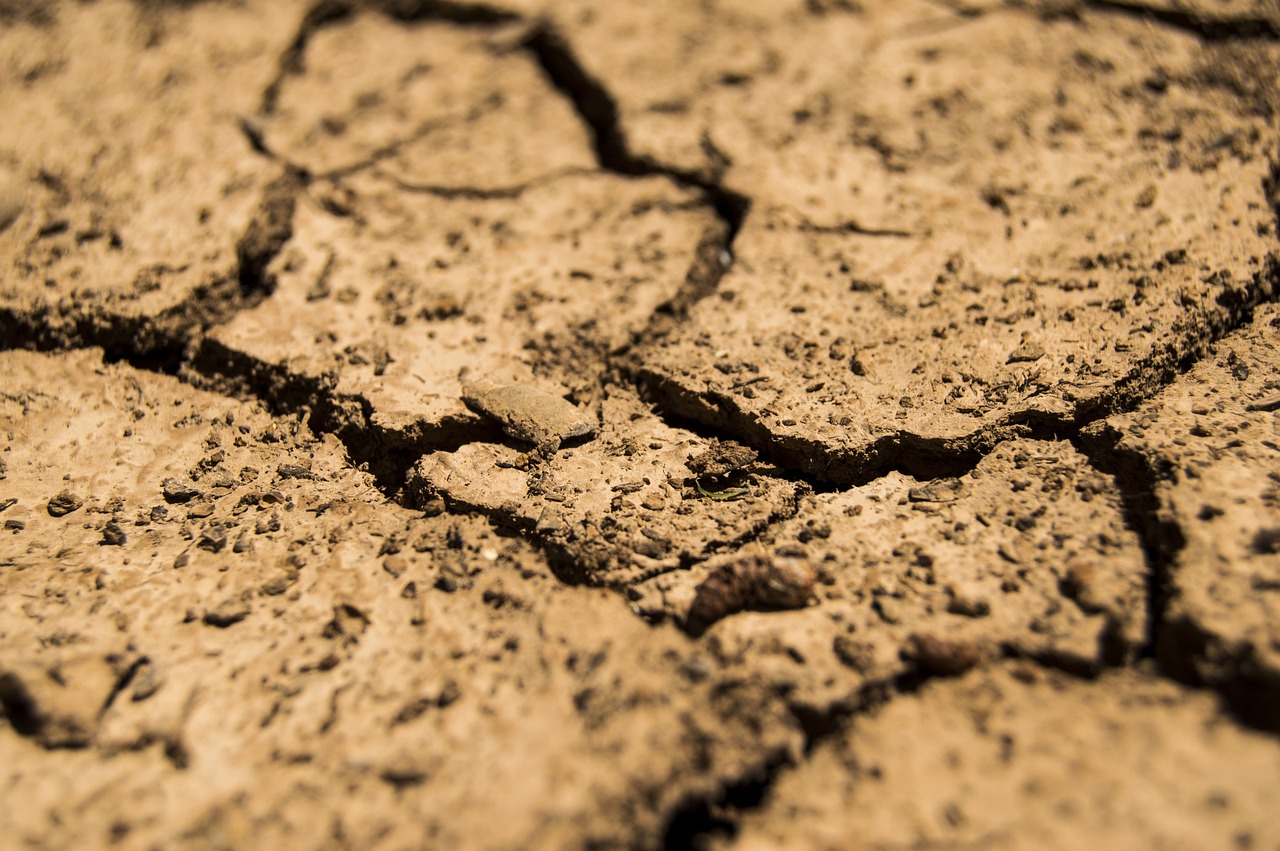News release
From:
Attachments
Note: Not all attachments are visible to the general public. Research URLs will go live after the embargo ends.

Research
Springer Nature, Web page
Please link to the article in online versions of your report (the URL will go live after the embargo ends).
Journal/
conference: Nature Climate Change
conference: Nature Climate Change
Research:Paper
Organisation/s:
Western Sydney University, Universidad Pablo de Olavide, Spain
Funder:
F.T.M. was supported by European Research Council grant
number 647038 (BIODESERT), Generalitat Valenciana grant
number CIDEGENT/2018/041, by the Spanish Ministry of Science
and Innovation (grant numbers EUR2022-134048 and PID2020-
116578RB-I00) and by the contract between ETH Zurich and University
of Alicante “Mapping terrestrial ecosystem structure at the global
scale”. E.G. acknowledges funding from Generalitat Valenciana and
Europen Social Fund (grant number APOSTD/2021/188). F.T.M. also
acknowledges support from the King Abdullah University of Science
and Technology (KAUST) and the KAUST Climate and Livability
Initiative. T.S.-S., A.G. and M.D.-B. are supported by grant number
TED2021-130908B-C41 (URBANCHANGE). M.D.-B. was also supported
by the European Research Council (ERC) grant number 647038
(BIODESERT), BES grant agreement number LRB17\1019 (MUSGONET),
the innovation programme under Marie Sklodowska-Curie grant
agreement number 702057 (CLIMIFUN), Ramón y Cajal grant number
RYC2018-025483-I, a project from the Spanish Ministry of Science and
Innovation (grant number PID2020-115813RA-I00; SOIL4GROWTH)
and project PAIDI 2020 from the Junta de Andalucía (grant number
P20_00879). C.W.M. acknowledges funding for the research provided
by the NSF Postdoctoral Fellowship in Polar Regions Research
(grant number 0852036), the German Science Foundation (DFG)
for financial support in the frame of the “Initiation of International
Collaboration” (grant number MU 3021/2-1) and funding within the
DFG Priority Programme 1158 “Antarctic Research with Comparable
Investigations in Arctic Sea Ice Areas” (grant number MU 3021/8-1).
M.B. acknowledges funding from Spanish Ministry of Science and
Innovation through a Ramón y Cajal Fellowship (# RYC2021-031797-I).



 Australia; International; NSW
Australia; International; NSW


